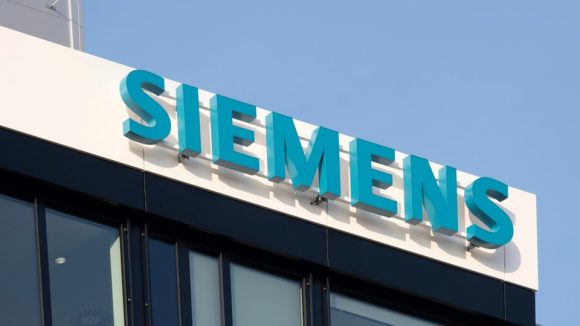The potential for integrating optimization as a fundamental part of the design and engineering workflow, when considered alongside the power of additive combined with traditional manufacturing, is enormous. We are at a convergence point with these technologies, and it is only through projects like this that we can prove out, validate, and embrace that potential – whether from the perspective of reducing waste and maximizing resource utilization during design or as a way to reduce mass and energy consumption during use.
The new digital thread leverages technologies from all four companies beginning with Siemens NX™ software to generate the initial design, taking operating parameters of an electric vehicle and using them to drive the development of an optimal part design for a critical suspension component with integrated generative engineering tools like design space exploration. During the Design for Additive Manufacturing phase, the part concept is fully validated using structural simulation technologies and optimization is performed to not only ensure that its performance requirements are met, but also to optimize the manufacturing processes available to produce it. In this project, simulation-driven design ensures that the optimal part is created with a minimal amount of material, resulting in an innovative steering knuckle design that reduces weight by 45% and improves performance so that it can better handle stresses.
The next phase, Process Planning, demonstrates how comprehensive manufacturing plans are developed with Teamcenter® software and Opcenter™ software. This helps manufacturers automate programming by applying their own standard CNC programming, inspection path methods, tools and program templates, and ensures that correct revisions of parts are programmed and measured on the shop floor, creating a single source of data for the entire digital manufacturing process.
The manufacturing phases show how the Siemens eRod component is manufactured using a combination of additive and traditional manufacturing methods then finished to achieve the necessary dimensional accuracy and tolerances while reducing the programming time by 60% with automation of routine tasks.
Advanced capabilities in NX CAM such as 5-axis simultaneous programming, cloud-based post-processing, and integrated simulation help prepare the part for both additive manufacturing using Ti6Al4V powder on a DMG MORI LASERTEC 30 DUAL SLM Selective Laser Melting machine, and finishing using a DMU 85 monoBLOCK 5-axis machining center by DMG MORI equipped with the SINUMERIK 840D sl CNC system for a two-step machining process. As an industry-leader in both additive and subtractive technology, DMG MORI is uniquely positioned to provide customers with solutions for next-generation, hybrid process chains that improve cycle times, reduce waste, and allow customers to completely re-imagine part design.
Walter’s industry leading tooling hardware will be used for both the finishing and cut-off operations to ensure the required tolerances are met. Walter is uniquely prepared to address new machining challenges such as the light-weighted component featured in this digital manufacturing demonstration. Machining of additive manufactured titanium presents challenges beyond the usual ones encountered in machining titanium components. The advantages of additive for generating complex components are clear, but the finish machining of those components is often not as straightforward as might be expected. This is where the extensive solutions expertise of Walter combined with highly advanced precision tools designed for titanium provide the opportunity for unique solutions. Among the challenges addressed in the machining solution developed for the component are 3D printed Ti6Al4V stock material, removing support structures that tend to be more brittle than the bulk material, difficult to access features, and minimizing vibration during machining where clamping for the component is weak due to the complex geometry.
By working together with DMG MORI and Siemens, Walter developed a highly efficient machining process that uses a combination of tools to address all the challenges and provide a finished component that meets all dimensional accuracy and surface finish requirements.
When evaluating the entire assembly, the design team determined that certain components could still be manufactured more efficiently with traditional subtractive processes. Specifically, the spindle, designed in NX, lends itself to a traditional turning process; however, by utilizing Run MyVirtual Machine, the digital twin of the CNC control, it was possible to add a TRAK Machine Tools TC820si turning center in the overall digital manufacturing process. The spindle was virtually programmed in the SINUMERIK ONE control utilizing ShopTurn conversational programming and validated with the TC820si’s 3D twin.
To close the loop, Quality Control and Production Preparation will be carried out using automated CMM processes driven by dimension and tolerance data captured and stored using PMI (Product Manufacturing Information) and leveraged within NX CMM Inspection Programming software to ensure that the part is within the tolerances expected and ready for assembly. During final assembly, the more traditional spindle component is married to the newly optimized knuckle and installed on the Siemens eRod.

